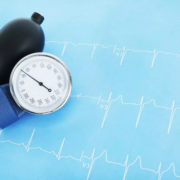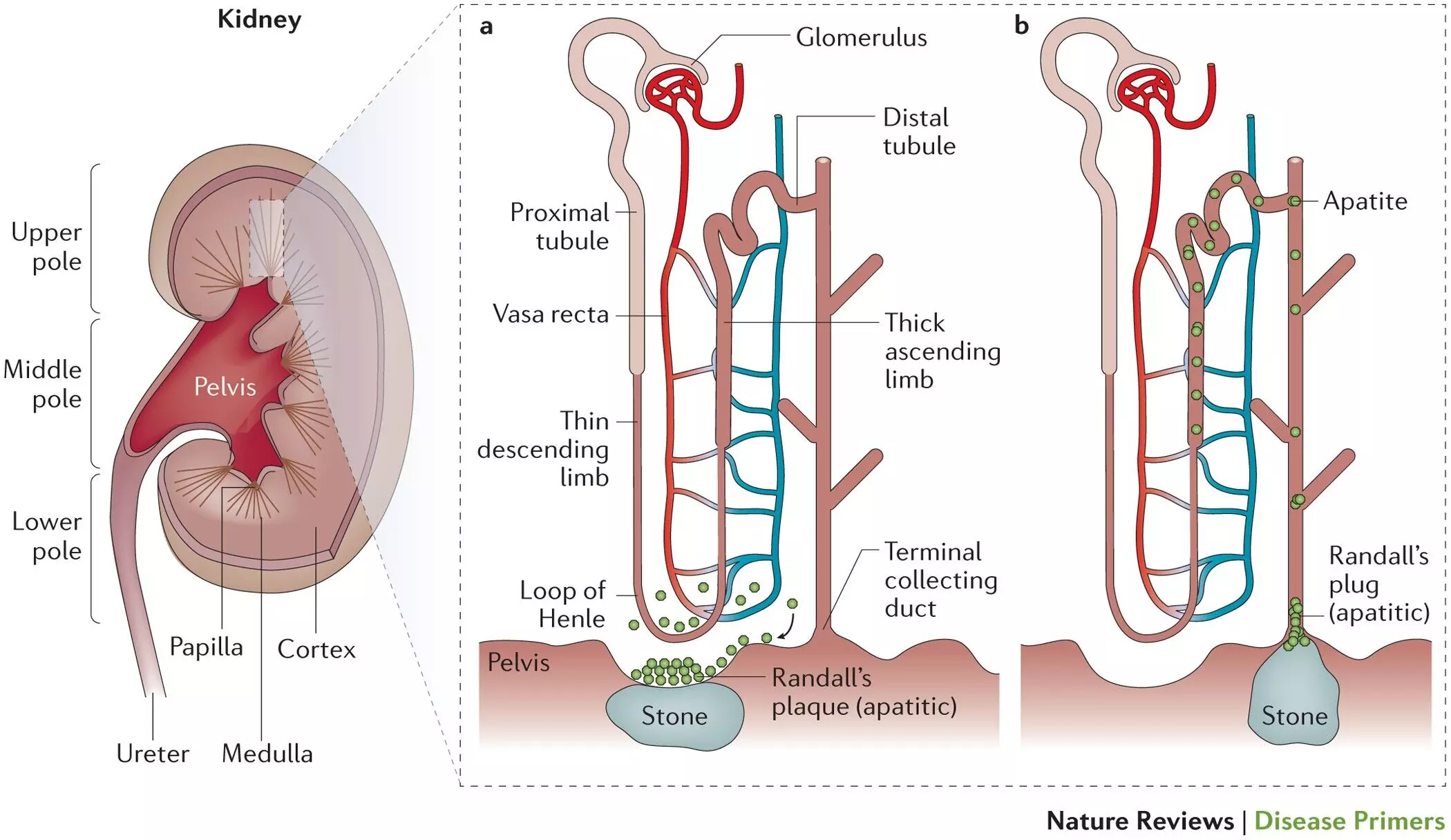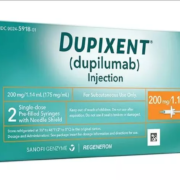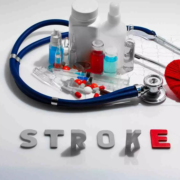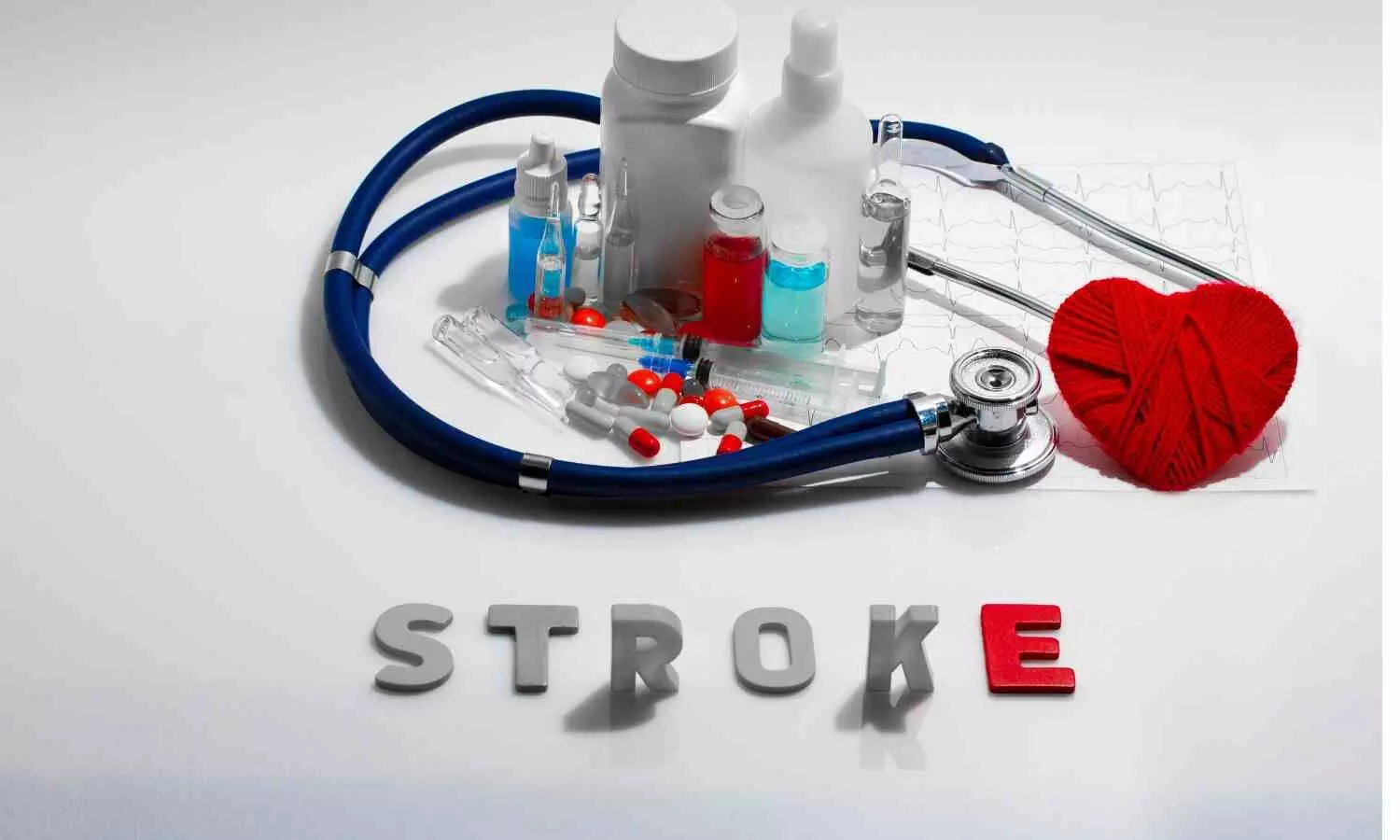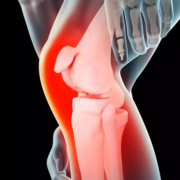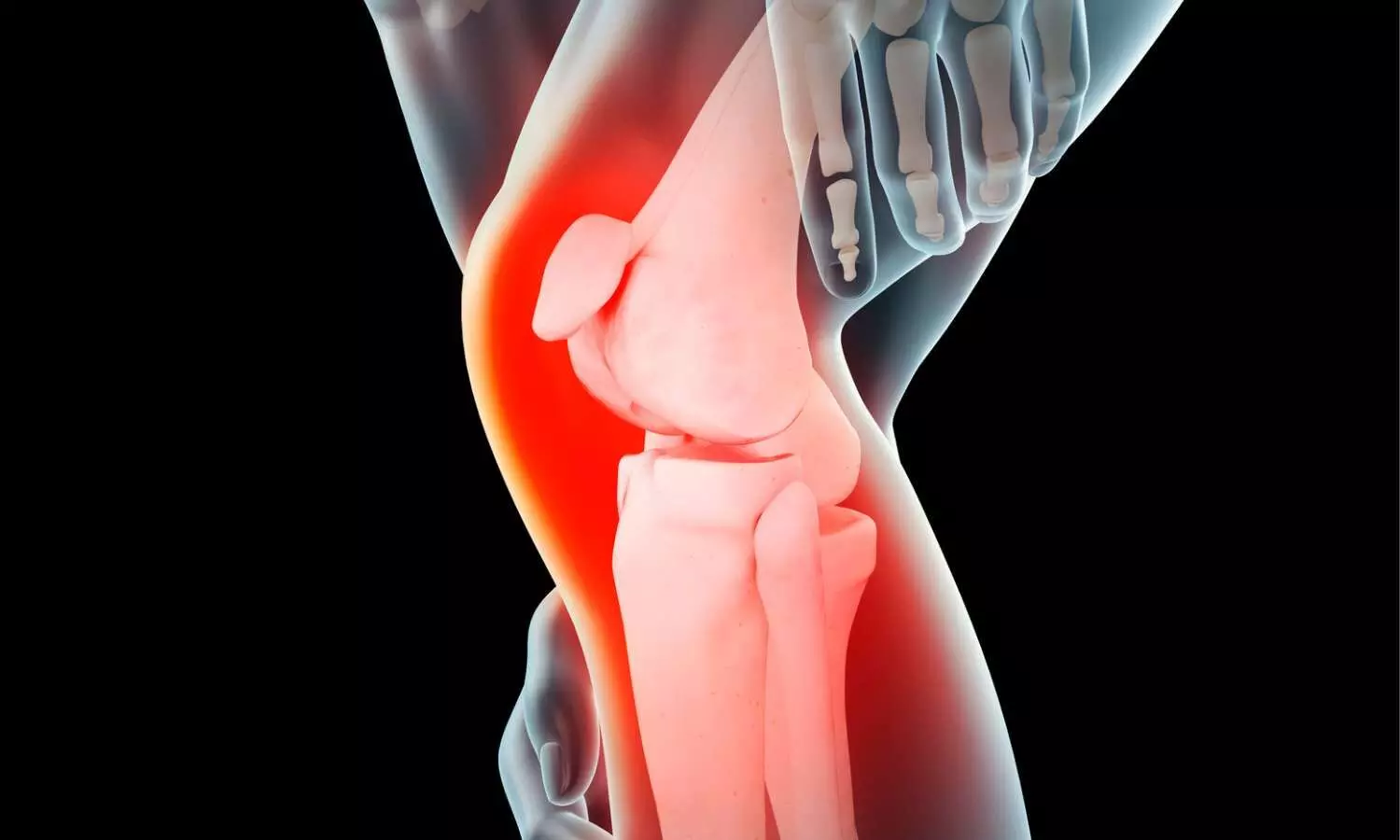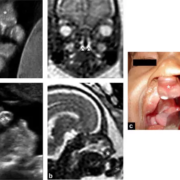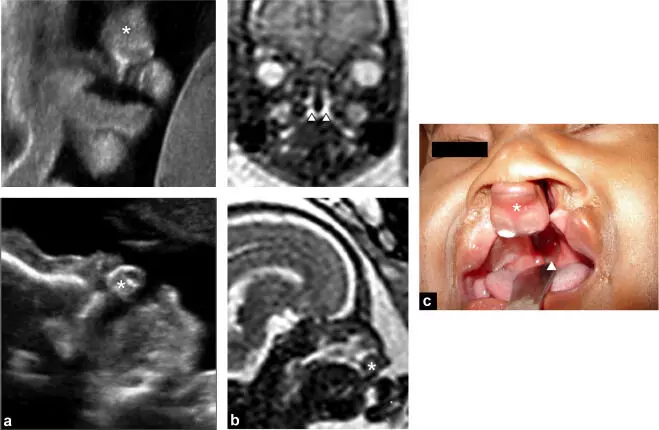Comparing Invasive and Noninvasive Blood Pressure Monitoring During General Anesthesia: Study
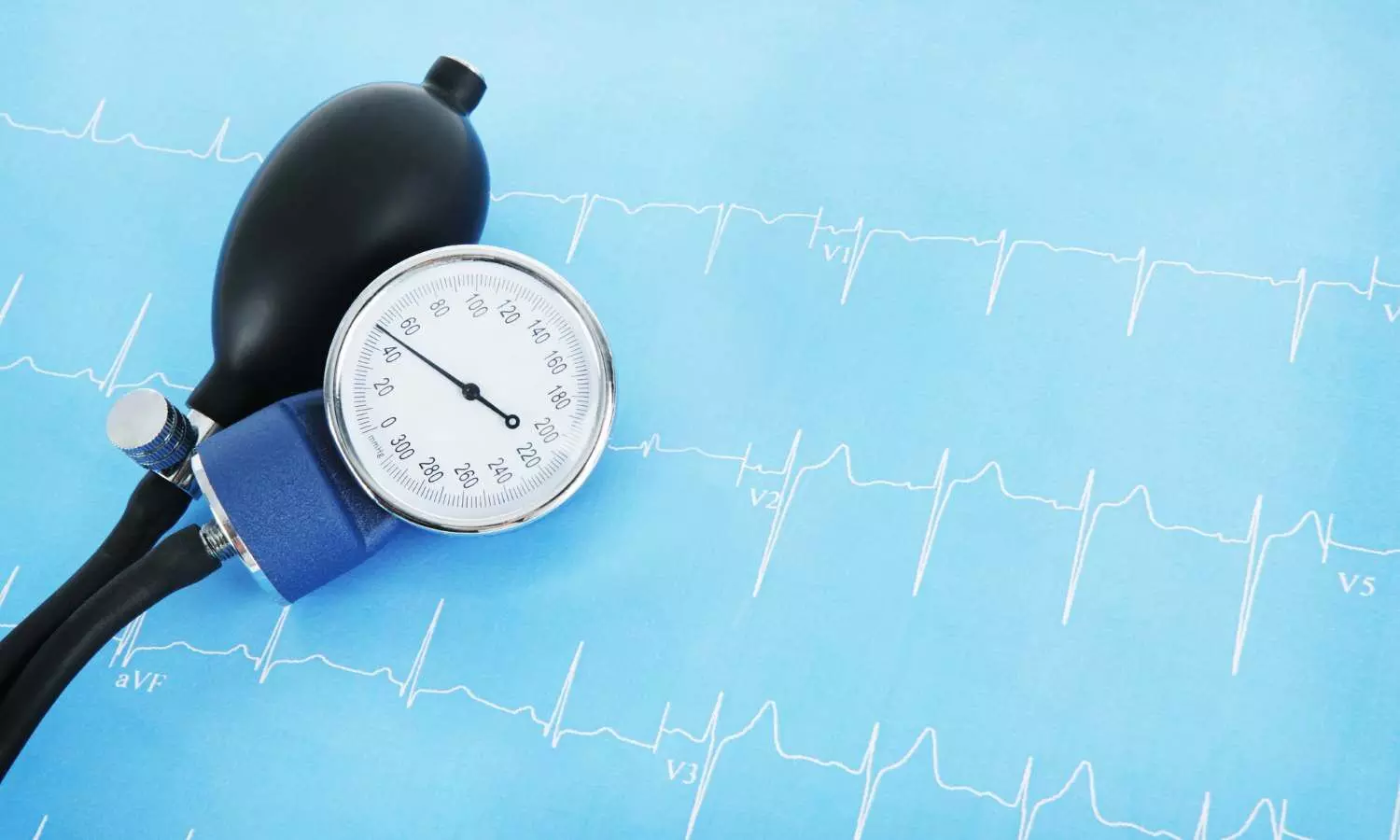
Recent research study aimed to compare blood pressure (BP) values recorded by invasive and noninvasive methods during normotension, hypertension, and hypotension under general anesthesia. The study also compared mean arterial pressure (MAP) values calculated by an automated technique to those obtained using a predefined formula.
The study was a prospective, observational study conducted in 250 adult patients undergoing elective surgeries under general anesthesia. Before induction, noninvasive BP (NIBP) was measured in the arm using an automated oscillometer. The radial artery in the opposite arm was then cannulated, and invasive arterial BP (ABP) was recorded simultaneously with NIBP during normotension, hypotension, and hypertension.
The key findings were:
The researchers concluded that during normotension and hypertension, DBP and MAP values were significantly higher with the NIBP technique compared to ABP, with comparable SBP. During hypotension, SBP was significantly higher with ABP, while DBP and MAP were comparable. The automated MAP values were also significantly higher than those calculated using the predefined formula.
Significance of the Study –
The study highlighted the differences in BP values obtained by invasive and noninvasive monitoring techniques under varying hemodynamic conditions, emphasizing the importance of understanding the limitations of each method to ensure accurate BP monitoring and management during surgery.
Key Points –
The 3 key points of the scientific article are:
1. The study aimed to compare blood pressure (BP) values recorded by invasive and noninvasive methods during normotension, hypertension, and hypotension under general anesthesia, as well as compare mean arterial pressure (MAP) values calculated by an automated technique to those obtained using a predefined formula.
2. The key findings were that during normotension and hypertension, diastolic blood pressure (DBP) and MAP values were significantly higher with the noninvasive BP (NIBP) technique compared to arterial BP (ABP), with comparable systolic blood pressure (SBP). During hypotension, SBP was significantly higher with ABP, while DBP and MAP were comparable. The automated MAP values were also significantly higher than those calculated using the predefined formula.
3. The study highlighted the differences in BP values obtained by invasive and noninvasive monitoring techniques under varying hemodynamic conditions, emphasizing the importance of understanding the limitations of each method to ensure accurate BP monitoring and management during surgery.
Reference –
Irimpan J, Kesavan R, Rajan S, Kumar L. Comparison of intraoperative blood pressure values measured by noninvasive versus invasive methods during normotension, hypertension, and hypotension. J Anaesthesiol Clin Pharmacol 2024;40:258‑63.
Powered by WPeMatico

